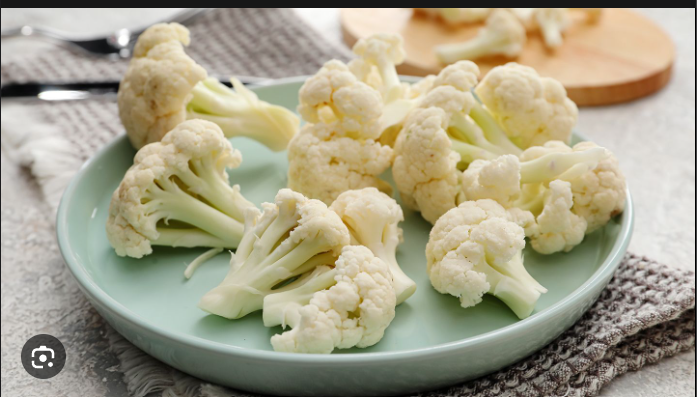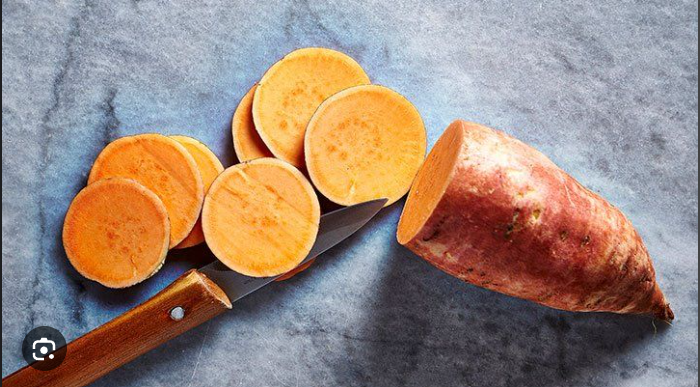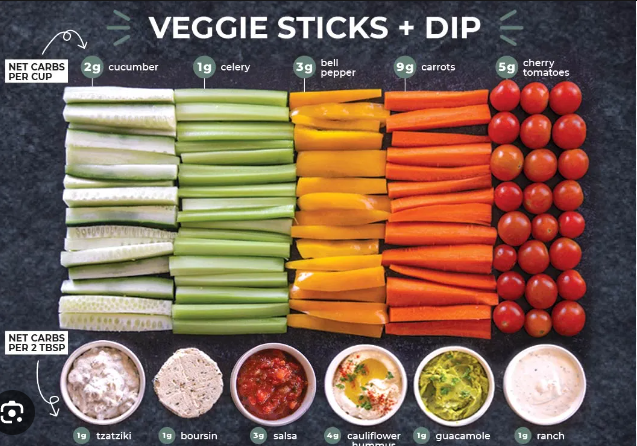Discover which vegetables are the lowest in carbohydrates and how to use their nutrients to prepare healthier meals that can aid in weight management.
A meme that goes something like this: “If cauliflower can become pizza, then you can become anything you put your mind to” is making the rounds.

Also read-Crabs :Carbs Per Day Should You Eat To Lose Weight And Experts Weigh In
Funny, yes, but also current, considering that one of the largest trends in nutrition and health food at the moment is substituting certain vegetables for higher-carb and less-nutritious items without feeling like you’re losing out. Furthermore, switching to a lower-calorie diet by skipping carbohydrates is a sensible strategy for anyone trying to reduce weight.
Benefits of Low-Carb Vegetables
Like protein and fat, carbohydrates are macronutrients that your body requires in order to function. The body breaks down carbohydrates, a type of sugar, to produce energy that powers muscles and cells. Carbohydrates are abundant in starchy and sweet foods as well as in fresh produce. Another type of carbohydrate is fiber.
But a lot of individuals eat too many ultra-processed foods and simple carbohydrates like sugar, which can elevate blood sugar levels and increase the risk of diabetes and weight gain. Think potato chips and other snack foods. Changing to faux-carb veggies from higher-carb foods can help you manage or lose weight because your body still requires some carbohydrates.

Low-carb vegetables you can use as replacements or additions to your meals for a nutritional and flavorful boost:
- Cauliflower.
- Butternut squash.
- Zucchini.
- Shirataki noodles.
- Sweet potatoes.
- Bell peppers.
- Celery.
- Kale.
- Carrots.
- Beets.
- Root vegetables (parsnips and turnips)
- Greens (cabbage and lettuce)
- Mushrooms.
- Eggplant.
- Brussels sprouts.
- Asparagus.
- Avocados.
- Green beans.
- Cucumbers.
Cauliflower
One could consider cauliflower to be the “poster vegetable” for low-carb alternatives. You may simulate the texture and qualities of rice by pounding cauliflower in a food processor until it produces little pieces.

Michele Smallidge, a lecturer and director of the exercise science program at the University of New Haven School of Health Sciences in West Haven, Connecticut, recommends treating cauliflower like you would potatoes.
“Using a potato masher, mash steamed cauliflower to get rice and then whip it to get a fluffy result,” she says.
You can also add a little oil, garlic, or other flavors to make a rich-tasting, but lower-calorie, alternative to traditional mashed potatoes.
Butternut squash

White potatoes, pasta, and other grains are high in carbohydrates; however, you can reduce the amount of carbohydrates in many dishes by using butternut squash instead of pasta. For instance, in many dishes, use butternut squash rather than sweet potatoes. Alternatively, you may use these golden gourds in place of pasta and mashed potatoes in stews, noodle meals, casseroles, and pizza dough.
Zucchini
Every year, casual gardeners discover they have an excess of zucchini or summer squash. Their fruit, which resembles cucumbers and is easy to grow, has a mild flavor that works well as an accent in many different recipes.

They also work well as substitutes for items with higher carb counts, such as noodles. Smallidge suggests spiralizing or boiling squash and using a spiral cutter to create noodles. You can then stir-fry or boil them and serve them with your preferred sauce. In a similar vein, spaghetti squash is a great substitute for high-calorie, carb-based wheat noodles due to its inherent propensity to pull into long strands, which gives rise to its name.
Registered dietician Dena Champion of the Ohio State University Wexner Medical Center in Columbus advises utilizing some carbohydrates in addition to the faux-carb veggies since she understands that some people find that “completely replacing carbs with veggies doesn’t feel satisfying.”
For instance, she says to combine some whole-grain spaghetti with zucchini noodles, then add spinach and marinara over top.
Shirataki noodles
Consider trying shirataki noodles instead of wheat-based noodles.
The Southeast Asian native konjac yam is used to make shirataki noodles. Shirataki noodles, sometimes referred to as “miracle” or “zero-calorie” noodles, work well as a substitute for other types of noodles as well as rice or potatoes.

When making stir fries or Thai or Chinese food, consider substituting shirataki noodles for egg noodles or regular spaghetti. These noodles are incredibly low in calories, yet they are very filling because they are largely made of fiber and water. 10 calories and 3 grams of fiber are found in a 4-ounce serving, according to the U.S. Department of Agriculture.
Sweet potatoes
Though they have a sweeter taste than white potatoes, sweet potatoes are nonetheless commonly used in dishes for paleo and ketogenic diets. This is because, in comparison to white potatoes, these adaptable tubers have a lower glycemic index.

This implies that they have less of an effect on blood sugar levels, which is advantageous for diabetics. In addition, they have high levels of fiber and vitamins A and C, which are lacking in white potatoes.
Why Carb-Swapping Works
Faux-carb veggies, according to Smallidge, are typically “less carbohydrate dense than typical starchy carbohydrates like wheat-based breads, pastas, and other high-carbohydrate dishes,” and they also tend to have fewer calories. You’re consuming fewer calories as a result, but you’re still getting your fill of vitamins, minerals, and energy.

While Champion acknowledges that there is nothing intrinsically wrong with higher-carb foods—particularly complex carbs like whole-grain pasta, rice, or oatmeal—it can occasionally be a smart idea to replace them with low-carb veggies like cauliflower or zucchini.
For example, vegetables are full because they are high in water content and fiber. Additionally, Champion notes that “most of us aren’t getting enough of them.” Phytochemicals are plant-based molecules that can support overall health and are abundant in vitamins, minerals, and other nutrients.
Find a Balance
When making the move to a lower-carb diet, MacDonald advises keeping things straightforward.
“To balance out the starchy grains and other starches (like white potatoes), I load my plate with non-starchy vegetables,” the woman explains. “I eat starches and grains still, but in smaller portions.”
Plus, the possibilities are endless when it comes to faux carbs.
“Have an open mind. MacDonald advises “trying and keeping trying.” “Developing a taste for new foods and a new eating style takes time.”
Some of these exchanges can surprise you with how much fun they become. Furthermore, you do not need to overdo it.

Champion continues, “There’s no reason to replace all of your carbohydrates with vegetables.” “On the other hand, substituting vegetables for carbohydrates can be a good way to sneak in a few extra nutrients, given that most Americans eat few vegetables.”
To make a long-lasting improvement in your diet when trying to lose weight, find the ideal ratio of calories in to calories out. Ultimately, a little ingenuity with meal substitutions can help maintain a healthy weight and way of life.
Also read-Veganism: Vegan Meal Plans For Beginners For Good Health And Good Life
images source: Google
Disclaimer: The opinions and suggestions expressed in this article are solely those of the individual analysts. These are not the opinions of HNN. For more, please consult with your doctor.




































